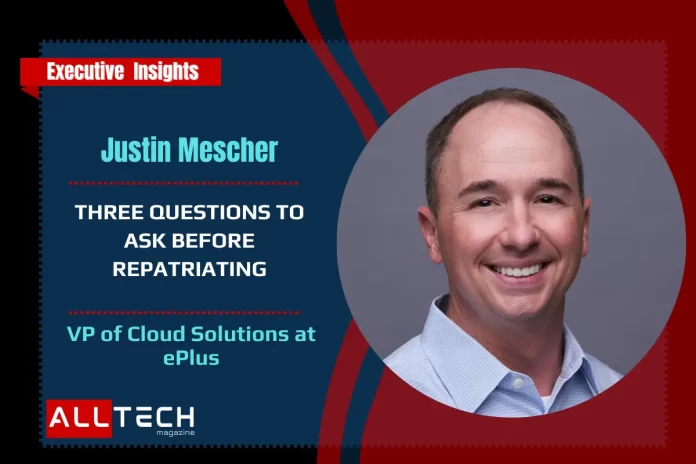The combination of rising cloud costs and mounting complexity in managing and maintaining cloud infrastructure can make the prospect of repatriating seem like the most attractive option. However, the knee-jerk reaction to abandon cloud and retreat to on-prem isn’t always the best answer – and could cost you more in the long term.
Repatriation isn’t a bad word, but it is a major decision that should be well thought through to identify why you’re feeling pain. Did you move the wrong workload, or did you move the right workload in the wrong way? To help your company understand whether it’s time to evaluate optimization strategies versus repatriation efforts, it’s important to take the following steps:
1. Identify the pain points.
First and foremost, it is critical to identify the specific pain points that are causing you to consider repatriation. These will vary by organization, but the top 3 cloud challenges have remained the same over the past 5 years, which I’ve outlined below with some self-diagnosis questions:
- Costs – The concept of consumption-based cost models is still new to many organizations and can cause difficulties in forecasting and reconciling. Is the pain you’re feeling due to rapidly growing costs or is it more attributed to the lack of ability to forecast and charge back to business units?
- Security – Managing Cloud security is very different than managing Data Center security, but your organization requires consistency in policy, procedure, and governance regardless of where your data and applications live. Are you feeling pain due to identified security risks that you’re unable to remediate or are you struggling to maintain consistency across Data Center and Cloud security?
- Skillsets – Managing workloads across Data Center and Cloud platforms can be complicated because you’re increasing the number of technologies that your team needs to support. If you’re using multiple clouds, that can get exponentially more difficult. Are you trying to manage your Cloud platforms like virtual Data Centers, or have you adopted concepts such as Infrastructure-as-Code (IaC) to increase efficiency and governance?
2. Understand where (and when) you can optimize.
The question of where to optimize requires real-time visibility. Most public cloud providers already have visibility tools in place, such as built-in billing and usage reporting, which can unveil inefficiencies in cost, usage, storage and more. While those tools provide great insights, without context that data will only take you so far. We recommend having a formal FinOps team internally to combine that data with knowledge of your environment and initiatives, or to augment your capabilities with services from someone like ePlus who has experience helping organizations optimize.
Optimized cloud strategies free up technical resources to focus more on application modernization, internal FinOps process maturity, or other strategic initiatives to unlock true business value.
3. Outline a roadmap with agreed-upon, realistic goals.
Once pain points are identified and optimization strategies are in-place, the next step is to get grounded on key performance indicators for how you, as a company, will holistically measure success. This will help focus your efforts and avoid distractions during the evaluation process, in addition to better positioning the effort for the necessary funding and leadership allocation. When you moved these workloads to the cloud, you had a goal in mind. Did you fail to reach that goal or does the goal need to be re-evaluated for ongoing business alignment?
With a set and shared goal in mind, cloud optimization initiatives can get the necessary resourcing and allocation needed to see tangible results that align IT teams with business initiatives. Further, you’ll find this alignment underscores and advances the ultimate goal which is providing business value to your organization via technology.
In Conclusion
The concept of optimization is critical to maintaining costs across the entire organization, and when it comes to cloud, repatriation may be what your company needs. However, if you feel like your business is overspending, it’s essential to know the right questions to ask and steps to take to execute a strategic evaluation of optimization versus repatriation.
When embracing new technology or introducing new strategies to an organization, it never hurts to look for solutions providers or strategic partners with experience in optimization or repatriation to ensure a successful outcome. When all is said and done, the most important part of evaluating your cloud journey is doing what is best for your company and its stakeholders by implementing solutions that seed long-term growth.



